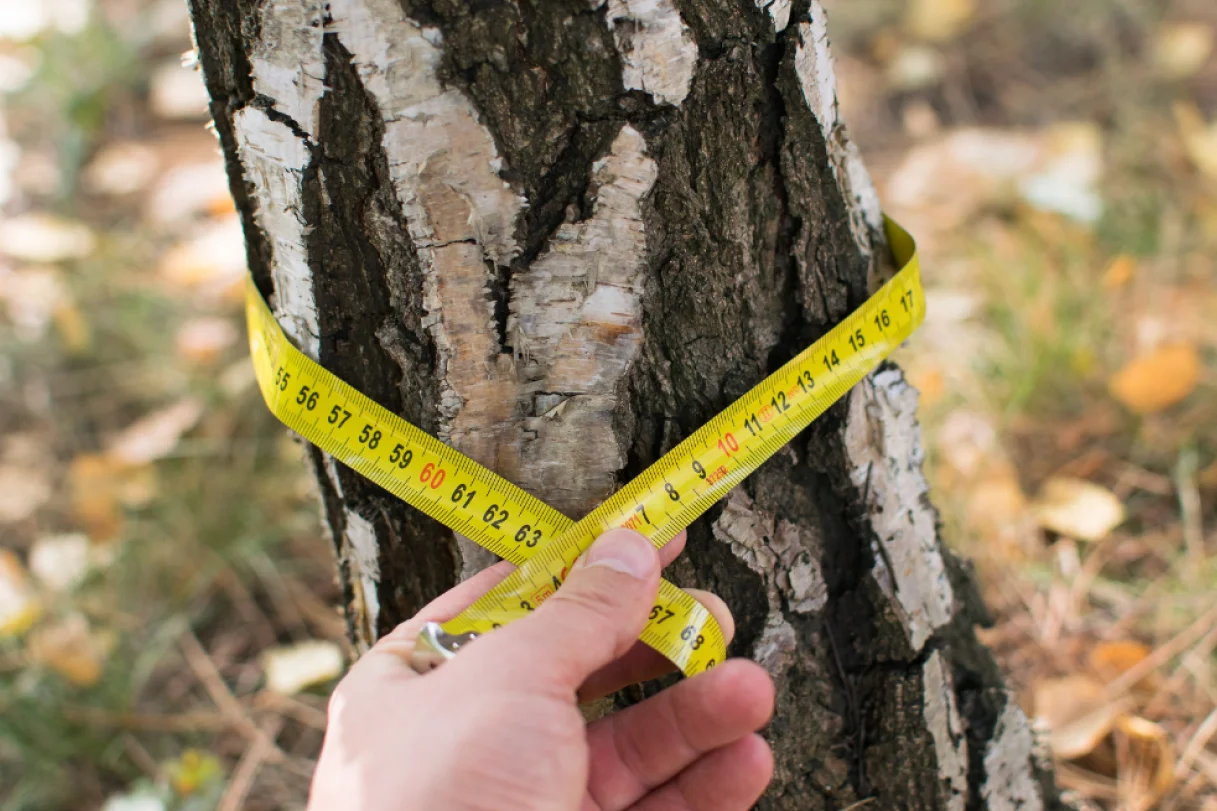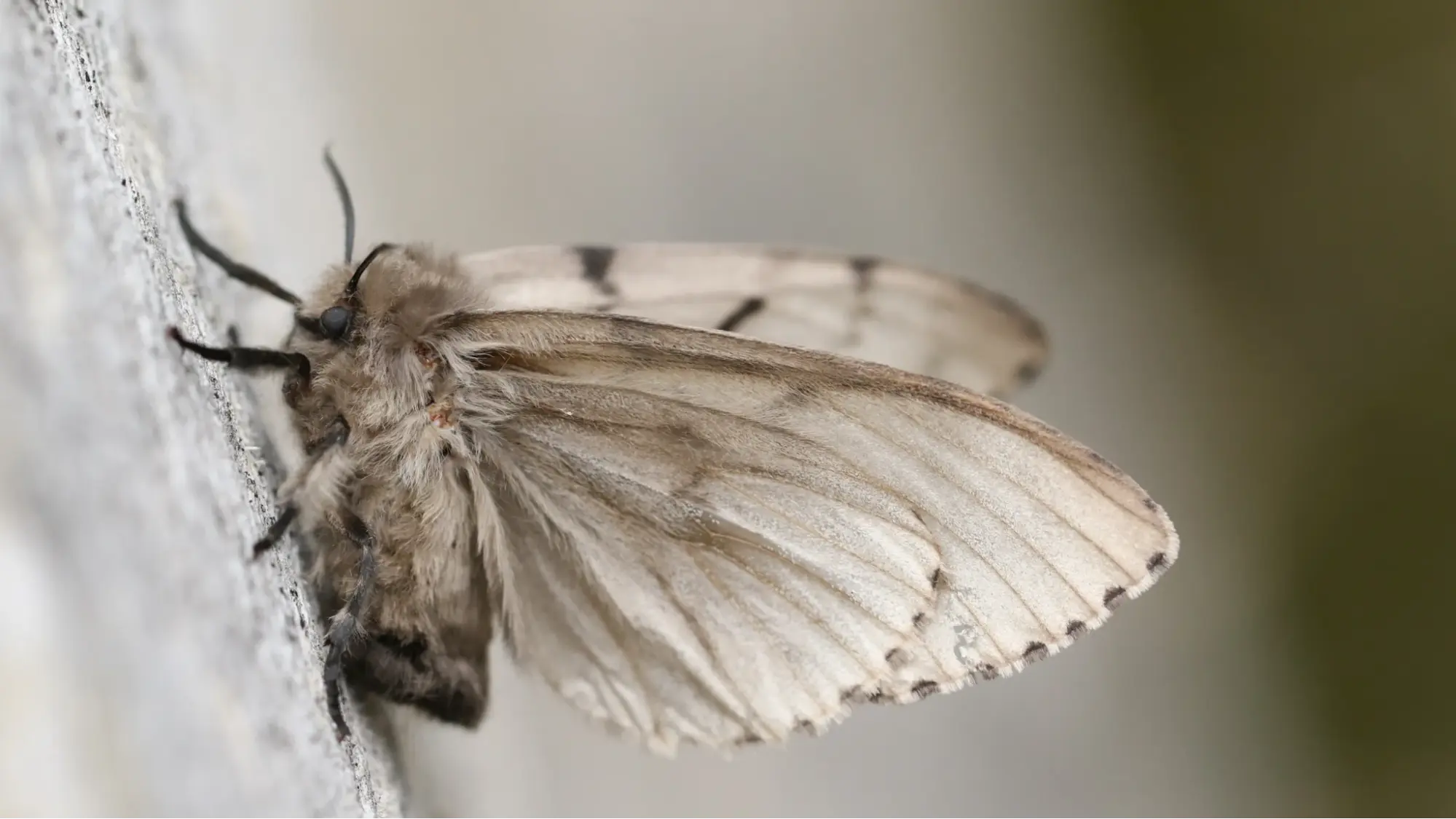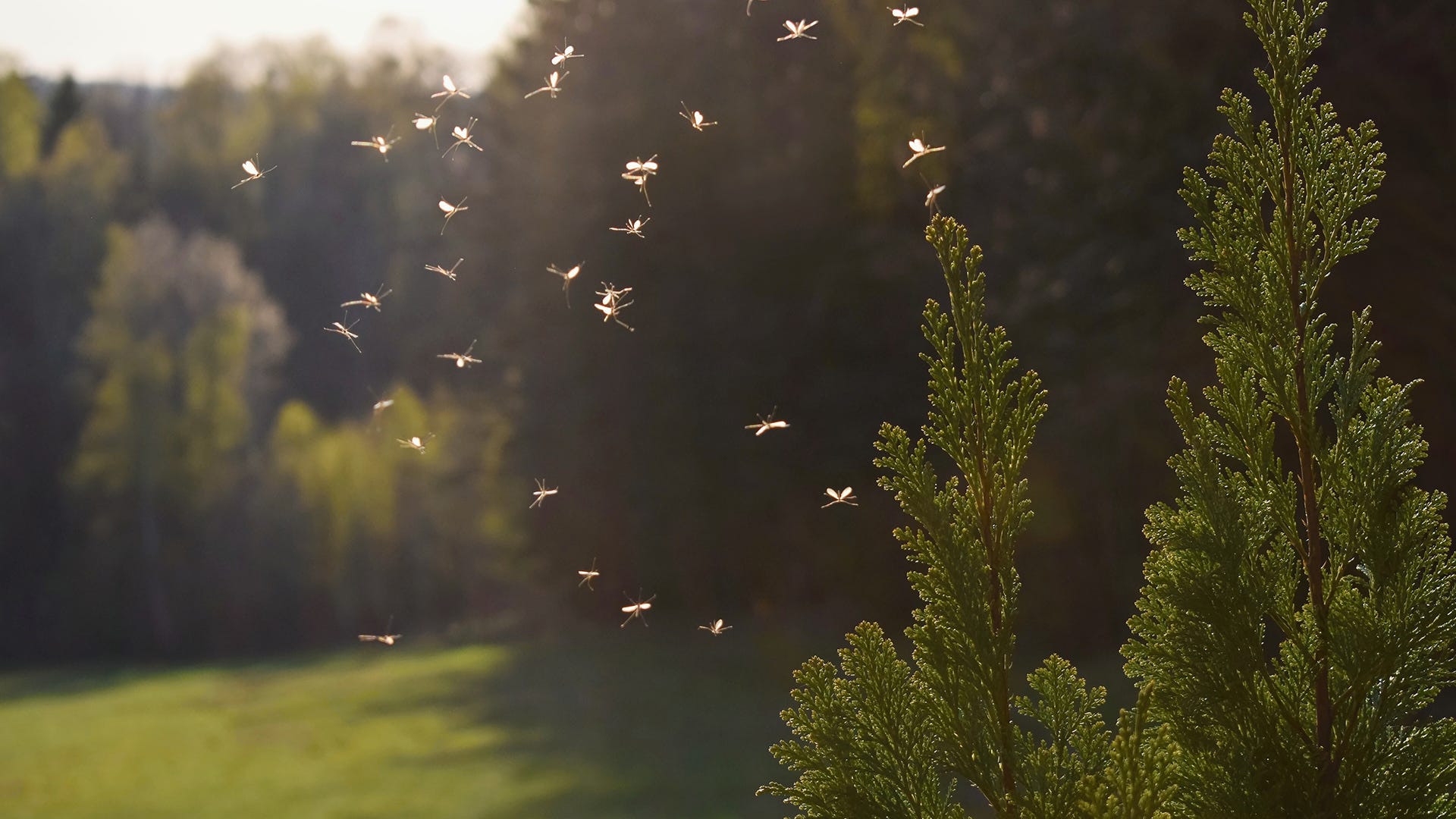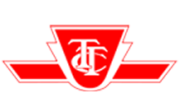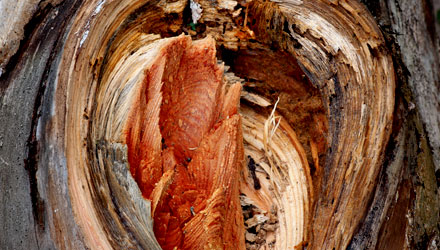
For many homeowners, it is usually not easy to notice a dying tree until it’s too late. This is because trees die gradually, and in most cases, their deaths could take years if the causes are slow-biting and natural. If possible, it is essential to be on the lookout for some of the signs pointing out to the death of a tree. As you might be aware, a dead tree not only affects the appearance of your garden but also becomes hazardous to the residents as well as the property around.
Some of the symptoms, though, are correctible if identified early enough. To help you identify a dying tree right from the onset, here are the most common red flags you should pay attention to.
Indicators of a dying tree
Unusual shedding of leaves – Only deciduous trees naturally shed off leaves in preparation for a new season. For ordinary trees, however, if you notice leafless branches in your tree, that is a sign of rotting bark. If for the whole time you’ve had the tree in your backyard you’ve never seen such an occurrence, then this is a giveaway; your tree is dying from inside. Leaves are quite significant as they make food for the trees. Absence of leaves translates to lack of food, and that can only mean one thing; death.
Branches falling off – A tree can die as a result of insufficient nutrients and water, and one of the signs that one or both is lacking is the falling off of branches. When a tree dries up, the first common occurrence is the rotting of joints, and hence; weakening and breaking off of branches.
Bark peeling off – Some tree genres naturally peel off their backs as they age, but should you notice a rare occurrence of unnatural bark peeling, it is time to contact a qualified arborist. Peeling bark is a bad sign that only means your tree is either dead or dying.
An infestation of ants and other insects – The presence of ants and other insects around the tree base is an indication that the tree is decaying. Ants are notorious for eating up rotten tree sap and leaving a significant void in the stem interior. That leaves your tree weak and lacking in physical support.
Other signs to look out for include;
- Leaning/bending trees
- Discolored leaves
- Fungi infestation
Take the right step
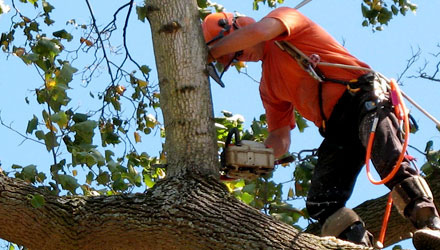
When it is clear that the signs indicated above are evident, the best way forward is to consult a qualified arborist immediately. Some of the conditions are reversible, but only if the right step is taken in good time. A professional tree company can do a lot to facilitate recovery in different situations, depending on their assessment. Some conditions can be dealt with through treatment, and when need be, the company can still organize for removal of the tree when deemed necessary. As a homeowner, ensure that you get in touch with a reputable arborist Toronto company capable of handling your case with utmost professionalism and expertise. Regular checkups can prevent severe tree damage and maintain the beauty of your landscape.
